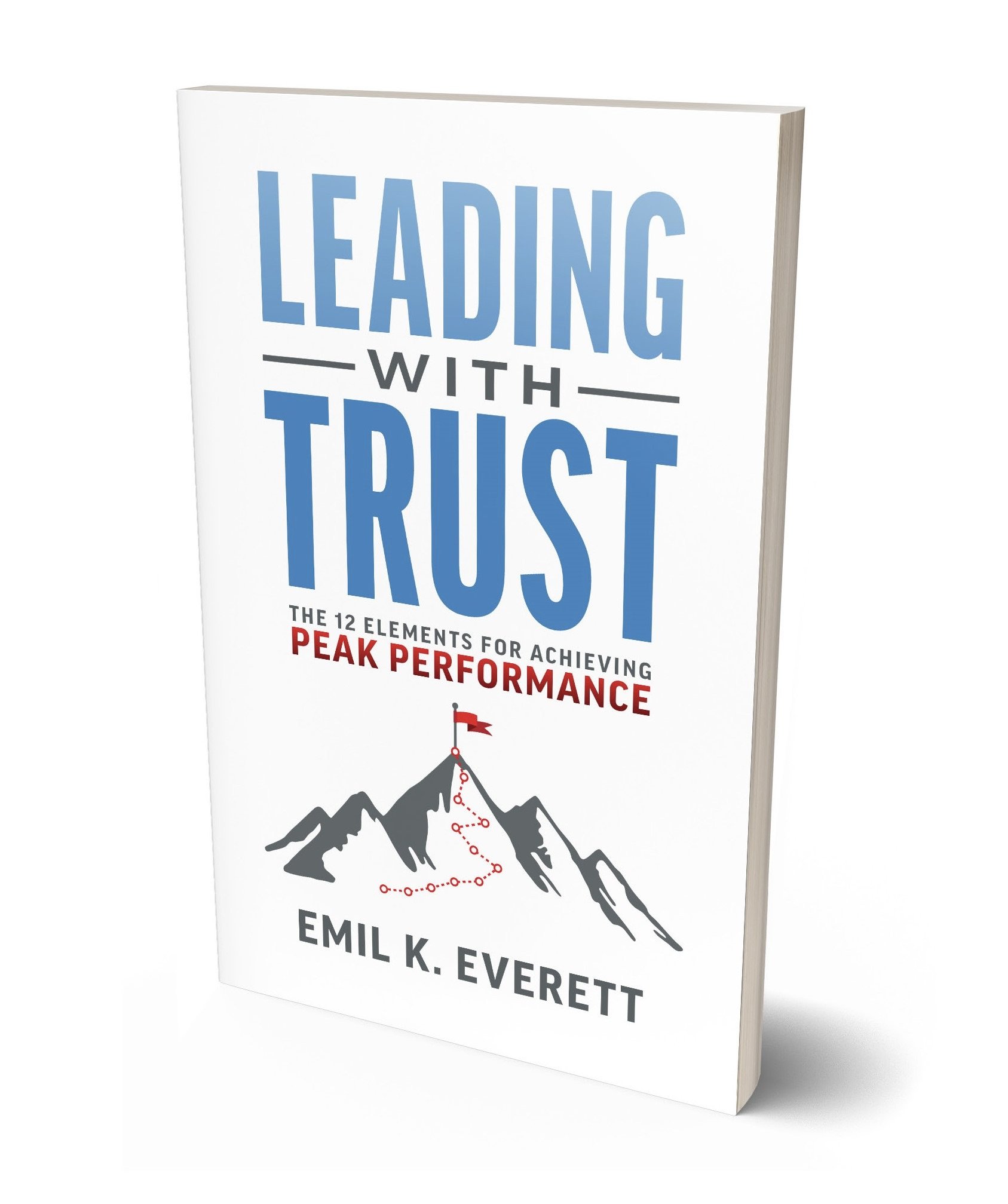The Five Pillars of Leverage for Winning Deals
Leverage is the key to unlocking favorable outcomes when negotiating. Whether sealing a business deal, securing a partnership, or finalizing a contract, understanding how to create and wield leverage can make all the difference. Here, we explore five essential leverage categories that can empower negotiators to navigate the complexities of any negotiation with confidence and finesse.
Strategic Preparation: Every successful negotiation begins long before the parties sit down at the table. Strategic preparation is the cornerstone of effective leverage. It involves meticulous research, thorough analysis, and a deep understanding of your position and that of the other party. This phase is about gathering intelligence: market conditions, competitor behavior, and your counterpart's specific needs and weaknesses.
Preparation also means defining your goals, understanding your Best Alternative to a Negotiated Agreement (BATNA), and developing a clear vision of your ideal outcome. By entering the negotiation armed with comprehensive knowledge and a well-defined strategy, you establish a solid foundation to withstand the pressures and dynamics of the negotiation process.
Relationship and Rapport Building: Negotiations are, at their core, human interactions. Building and maintaining a positive relationship with your negotiation counterpart can significantly enhance your leverage. Rapport-building techniques include effective communication, active listening, and empathy. By understanding the other party’s perspective and finding common ground, you create an environment of trust and cooperation.
A strong rapport can transform adversarial negotiations into collaborative problem-solving sessions. When the other party feels understood and respected, they are likelier to make concessions and work towards a mutually beneficial outcome. This relational leverage can pave the way for smoother negotiations and more enduring partnerships.
Tactical Maneuvering: Once the negotiation is underway, tactical maneuvering becomes crucial. This involves real-time negotiation tactics designed to shift the balance of power in your favor. High initial offers, strategic concessions, and the effective use of silence or time pressure are all part of this dynamic category.
Tactical maneuvering requires a keen sense of timing and an understanding of psychological principles. For instance, starting with a high initial offer provides room to negotiate downwards, making concessions seem more significant. Strategically using silence can compel the other party to fill the void with additional information or better terms. These tactics help steer the negotiation in your desired direction, keeping you in control of the process.
Value and Proposition Enhancement: Enhancing and communicating the value of your offering is another powerful form of leverage. This involves articulating your proposition's unique benefits and highlighting any monetary or non-monetary incentives. Leveraging expert opinions and data can further bolster your position, making your offer more compelling.
Value enhancement is about making the other party see the irreplaceable benefits of your proposal. By emphasizing what sets your offer apart and how it meets their specific needs, you increase the perceived value of the deal. This makes it more difficult for the other party to walk away and strengthens your negotiating position.
External Leveraging: Sometimes, the most potent leverage comes from external factors. External leveraging involves using conditions and influences outside the immediate negotiation to your advantage. This can include regulatory constraints, market competition, or strategic partnerships.
For example, revealing necessary compliance with certain legislative requirements can justify your demands. Indicating interest from other potential partners can create a sense of competition, urging the other party to act swiftly and favorably. These external pressures add an additional layer of leverage, often compelling the other party to concede to your terms to avoid negative repercussions.
Mastering the art of negotiation is about understanding and effectively applying leverage in its many forms. Negotiators can navigate even the most challenging negotiations confidently and skillfully by focusing on strategic preparation, relationship and rapport building, tactical maneuvering, value and proposition enhancement, and external leveraging. Each category provides a different dimension of leverage, contributing to a holistic approach that maximizes the chances of a successful outcome. Whether in business or everyday dealings, these pillars of leverage are essential tools in any negotiator’s arsenal.
If you're looking for well-defined techniques and tactics to help you create more leverage in your next negotiation, reach out, and let’s discuss how we can assist.

